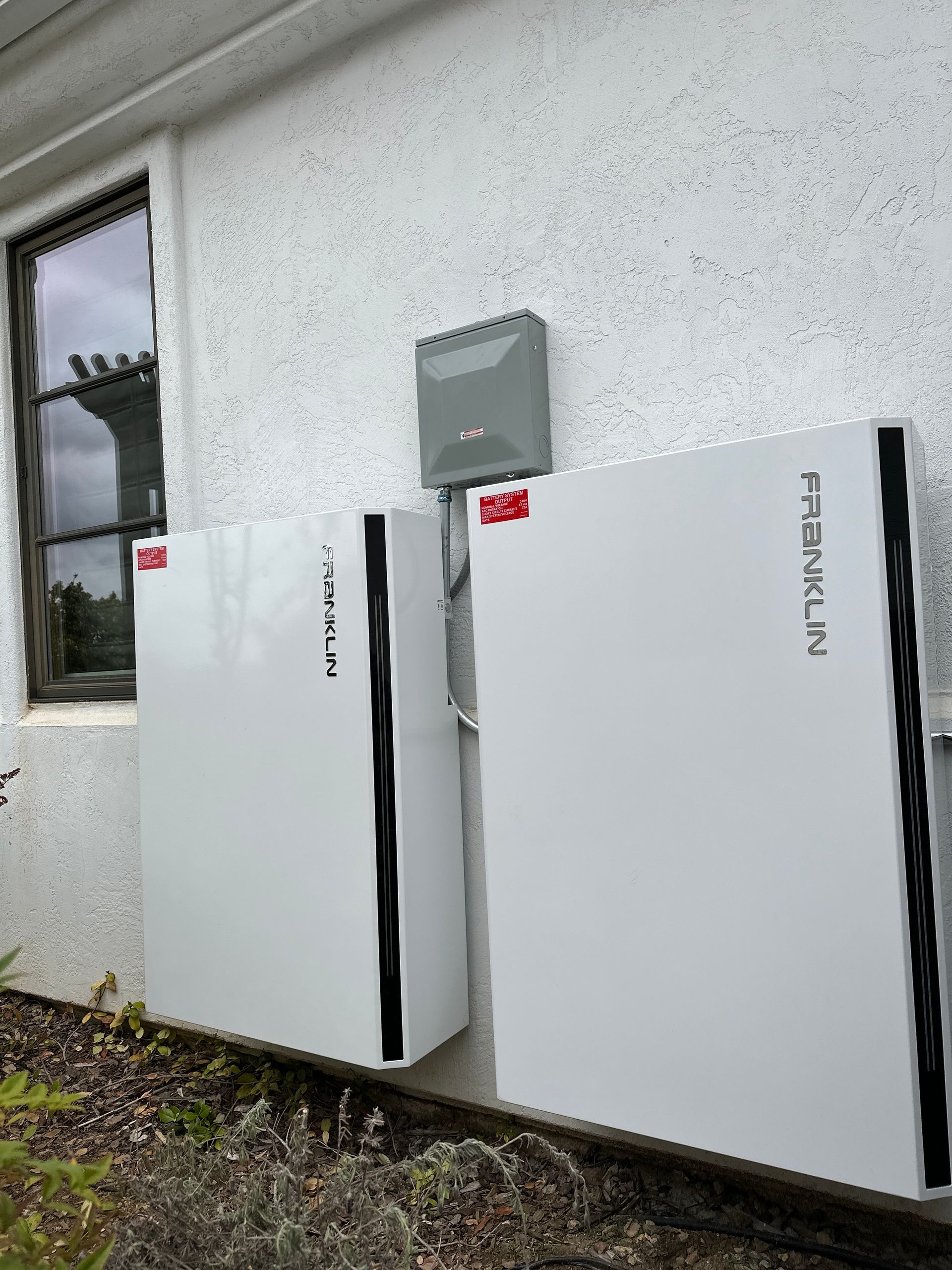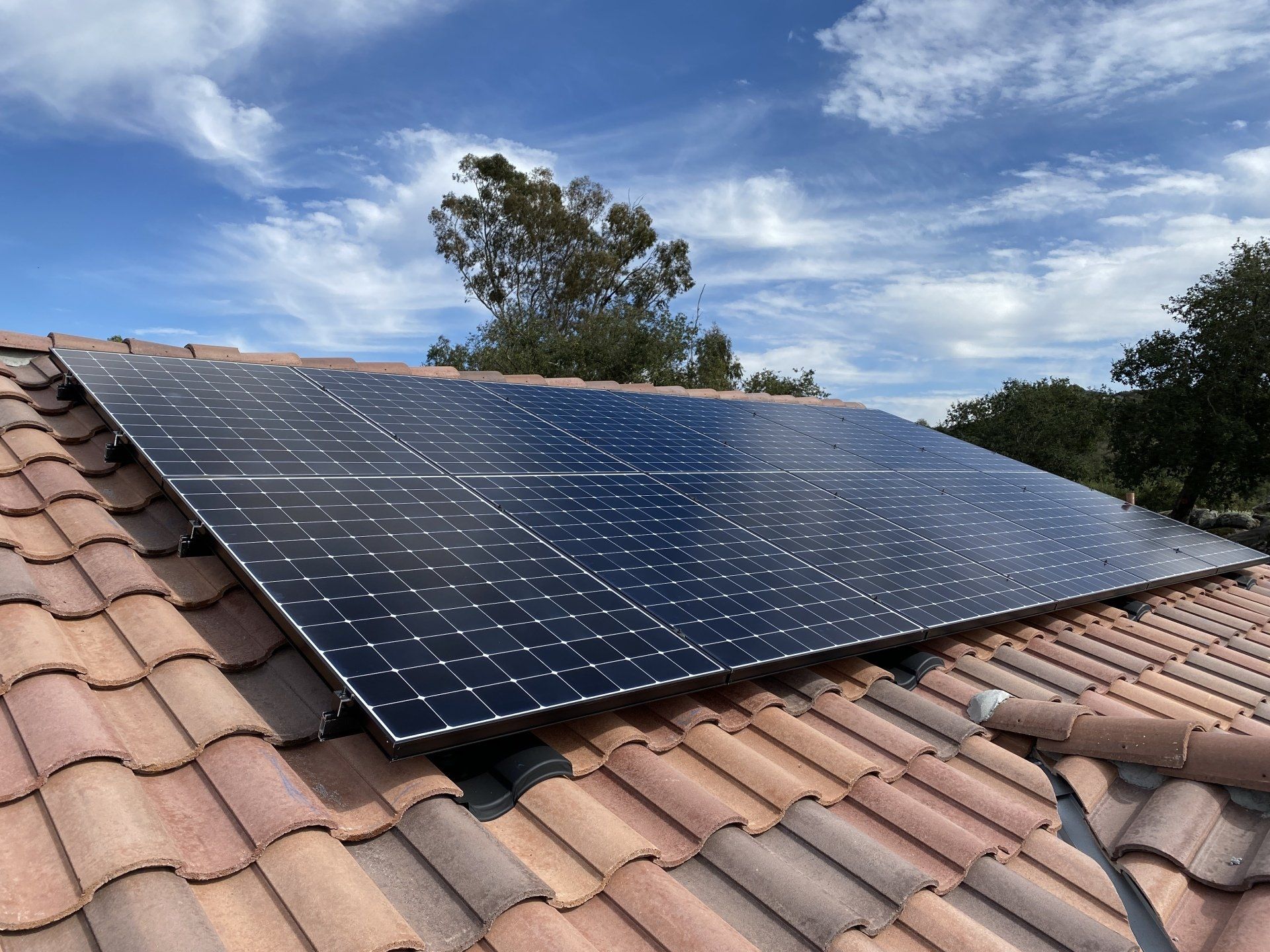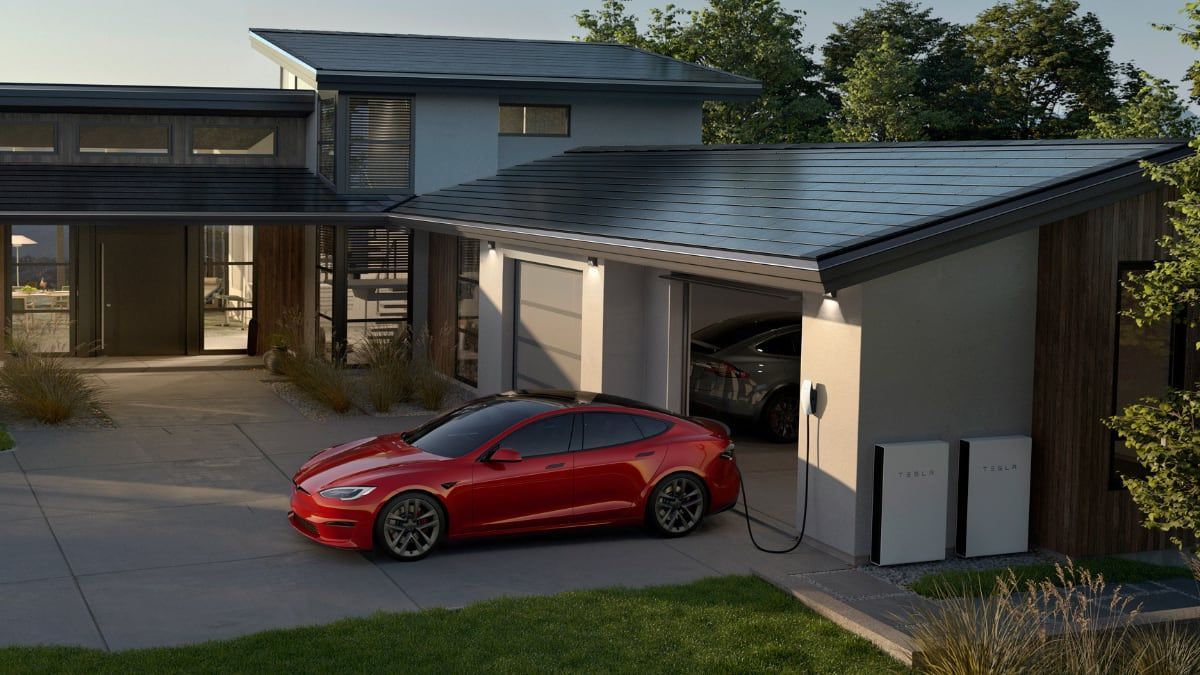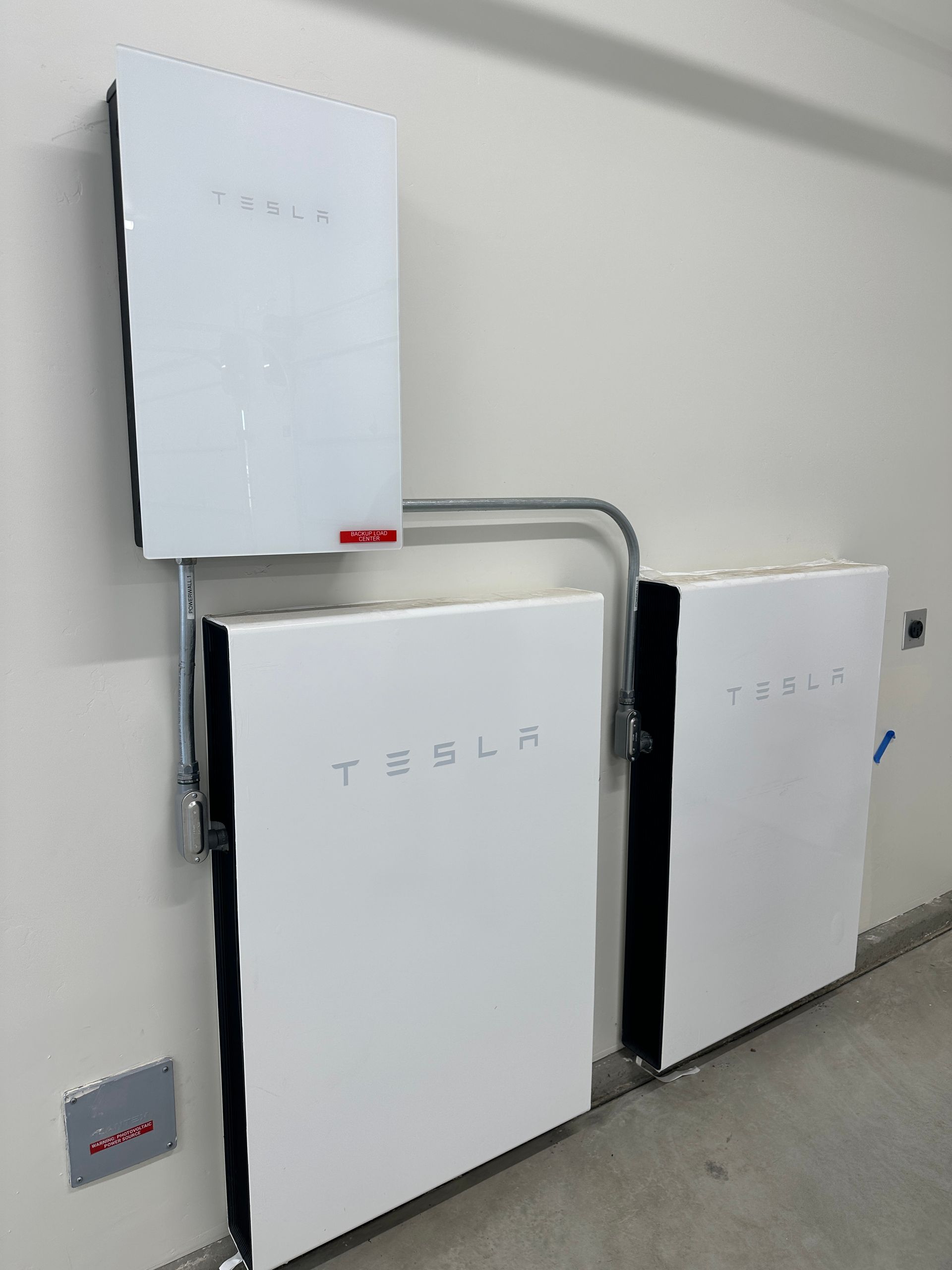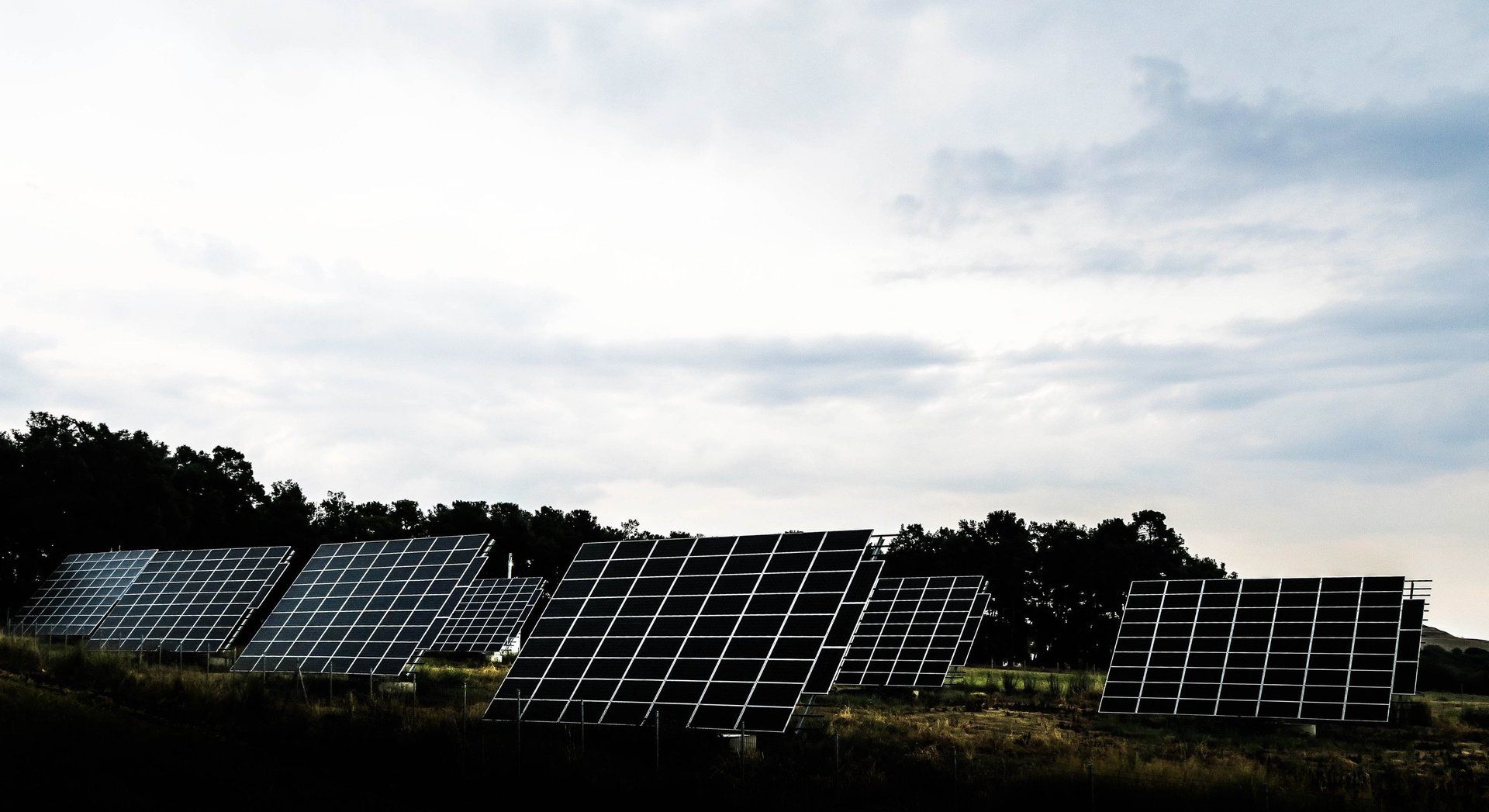Cosmic Solar knowledge CEnter
Learn a little more about solar energy and why we're so passionate about it.

As you have probably now heard, the rooftop solar installer and manufacturer of solar panels, SunPower Corporation, founded in 1985, has filed for bankruptcy. SunPower had a long reputation for producing the best solar panels in the industry, though had been struggling for months in the face of high interest rates and other industry concerns. What does the SunPower bankruptcy news mean to me? For most clients who have SunPower systems, we don’t expect any immediate changes. Solar systems largely produce solar power independent of any manufacturer’s status in the market or their financial strength. When the sun comes out and shines on the solar panels, they generate power and send that power to your home, storage batteries and the grid, regardless of solar company industry headwinds. Frequently asked questions: Q: Will we need to find a new solar company to make our monthly payment? A: If you have an actively serviced lease system, power purchase agreement or loan with SunPower, SunPower will likely need to find another financier to take over the servicing of your lease, loan or PPA. According to SunPower, they are actively working on this and will have more information about this in the near future. Q: Which company is now my solar panel provider now that SunPower filed for Chapter 11? A: Most systems come with workmanship warranties from the solar installer and manufacturer warranties for equipment from the manufacturer. For questions on warranties and who could help in the event something happened, we recommend contacting your solar installer. Here at Cosmic Solar and Roofing, you can always email service@cosmicsolar.com with any warranty questions. In September 2024, SunPower announced they would be selling their leased systems to another solar provider who would help facilitate the transition in order to service these leases and solar systems in the field. If you have a leased system through SunPower, you should receive an email or letter in the mail with steps Q: Will the power our solar panels produce continue to provide electricity to our home or will there be a disruption in service? A: SunPower’s bankruptcy should not have any immediate effects on your solar system operation. Solar panels will continue to produce power as the sun comes out every day and, even though SunPower often sent firmware updates to its system components, we expect the solar systems in the field to continue to produce power as they have since they were installed. Q: Who do I contact if my panels need to be serviced or repaired? A: As always, Cosmic Solar and Roofing is here to help with any solar related servicing and repair. We have a full scale service department, led by Service Manager, Khiry Fitzgerald, and he may be reached at service@cosmicsolar.com or phone/text at (442) 217-9990. Q: Long term, if SunPower is not around, who will service my product warranty? A: It’s a very good question and we are working as best we can with SunPower to answer these and others. The good news is SunPower solar panels were made with the best technology we’ve found and here at Cosmic Solar and Roofing, the failure rate with SunPower solar panels is virtually zero, meaning we have installed many tens of thousands of solar panels without a single failure. Other products like monitoring components, inverters, etc. we’re still learning more about. We’ll strive to learn more but you’re always free to call us here at (760) 749-1111 with any questions or concerns you may have about SunPower or your installed solar system. The silver lining, as we see it, is that although SunPower had irreconcilable headwinds as a company and had a troubled 2024, the California solar industry’s health is still reasonably strong and companies like Cosmic Solar and Roofing will be here to help guide you through with questions with new industry events occur. We’re here for you! If you need us, please feel free to contact us at (760) 749-1111 or at cosmicsolar.com. We’re here to help! In September 2024, Maxeon Solar Technologies stated they will be providing a warranty for SunPower's solar panels and Enphase Energy declared they would cover warranties for all SunPower solar panels equipped with Enphase microinverters. These are positive warranty advancements and manufacturers involved in the production of SunPower solar panels have begun to offer warranties that will help SunPower clients -- and Cosmic Solar and Roofing's Service Department is here to help facilitate this process for Cosmic Solar clients. Q: Will my SunPower monitoring system still work now that SunPower declared Chapter 11 bankruptcy? On September 20th, 2024, SunPower sent out an email to SunPower customers saying it would not provide support for its monitoring platform any longer, which is unfortunate, but most of the monitoring systems continue to work and show solar production data. If you are a Cosmic Solar and Roofing customer and have an issue with your monitoring system at your home, please give us our Service Department a call/text at 442-217-9990 or send an email to service@cosmicsolar.com and we'll be happy to work with you to find another solution or monitoring platform to help show your solar system is still active and producing power. As of now, all SunPower systems we have monitored, though, continue to work without issue.

Adopting home solar systems has been a game-changer in the quest for a greener, more sustainable future. However, as we move forward, a crucial component is emerging as the linchpin in this renewable energy revolution: batteries. With the advent of Net Metering 3.0, the importance of incorporating batteries into home solar systems has never been more pronounced. The Changing Landscape of Solar Energy Solar panels have been instrumental in harnessing the sun's power, but their effectiveness is inherently limited to when the sun shines. This is where batteries come into play. Batteries ensure a steady electricity supply by storing excess energy generated during sunny periods, even when the sun isn't shining. Net Metering 3.0: A Catalyst for Battery Adoption Net Metering 3.0, the latest policy iteration in the renewable energy sector, has significantly changed how solar energy is managed and compensated. Unlike its predecessors, Net Metering 3.0 may offer less favorable terms for the excess solar energy fed back into the grid. This shift makes it more economically advantageous for homeowners to store and use their solar energy onsite rather than selling it back to the utility. Why Batteries Are Now More Important Than Ever Maximizing Solar Investment: With Net Metering 3.0, the financial benefits of sending power back to the grid are potentially reduced. Batteries enable homeowners to maximize their use of solar energy, leading to more significant savings and a quicker return on investment. Energy Independence: Batteries provide a buffer against power outages and energy uncertainties. In an era of increasing energy demands and grid instability, having a reliable power source at home is invaluable. Enhanced Grid Stability: Widespread battery use can help stabilize the grid. By reducing the need to export excess energy, batteries can alleviate the stress on the grid during peak production times, contributing to overall energy resilience. Support for Time-of-Use Rates: Many regions are adopting time-of-use (TOU) billing, where electricity costs more during peak demand hours. Batteries allow homeowners to use stored solar energy during these expensive periods, avoiding higher charges. The Road Ahead Integrating batteries into home solar systems is more than a technological advancement; it's a step towards a self-sufficient, renewable energy-powered future. As policies like Net Metering 3.0 evolve, they inadvertently push the market towards more innovative and efficient energy solutions. The era of batteries in home solar systems is not just coming; it's already here and powering our future in ways we've only just begun to explore.
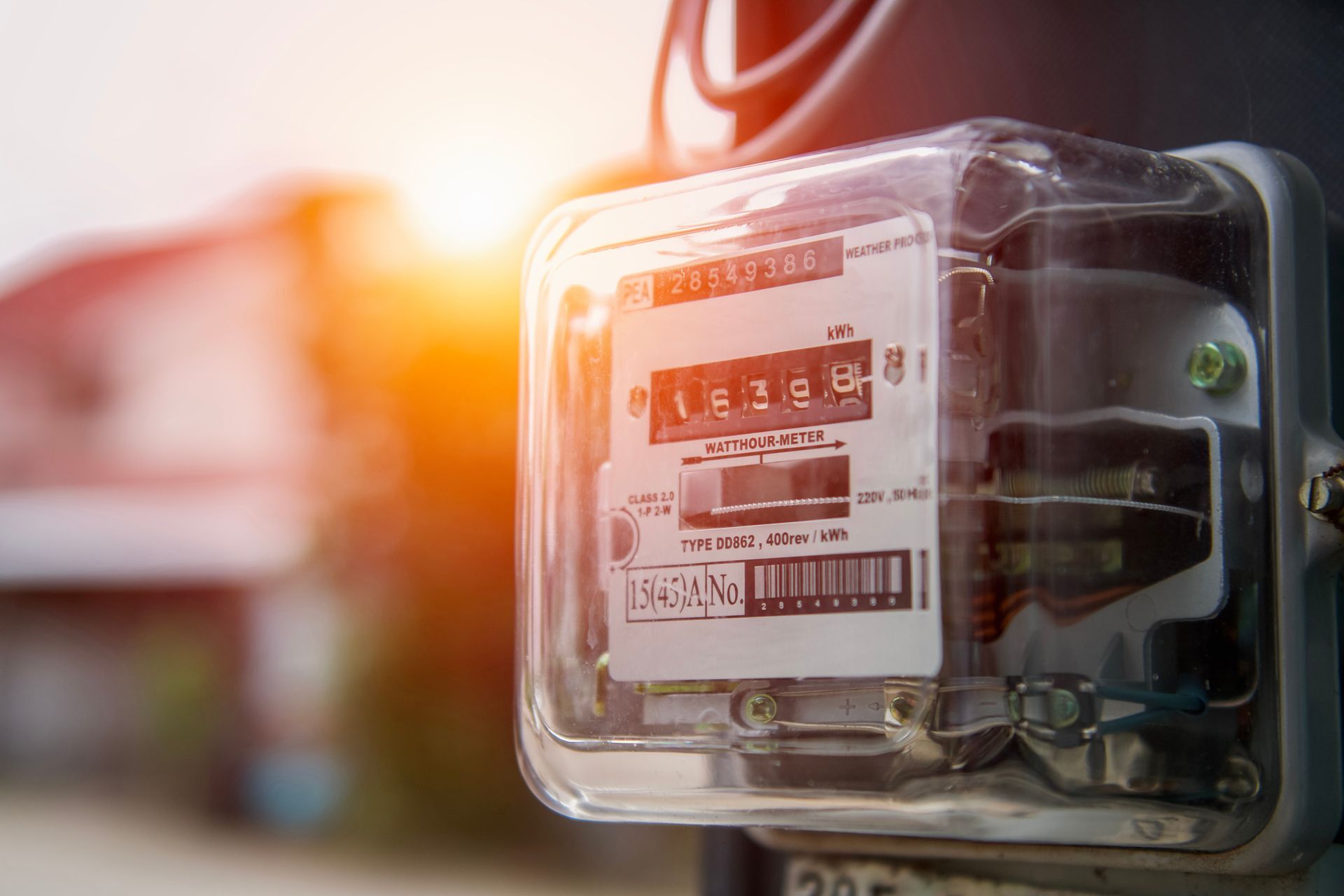
In the past we have talked about how some states have tried to prevent the average citizen from getting solar on their homes, but not California. Think again. This fall, the utilities presented a formidable proposal to the California Public Utilities Commission. The solar industry fought hard with demonstrations, phone calls and emails to PCUC and Governor Newsom. Thankfully, the utilities didn’t get everything they were asking for, but the CPUC passed a proposal that could put many solar companies out of business. 2023 is going to be a rough year for solar companies, and even strong ones might need to lay off many of their employees. With California’s goals of being energy independent, this is going to slow down the solar progress of the state. CPUC, along with the utilities, is making it more difficult for the average citizen to benefit from having solar energy. Of course, there are going to be solar farms going up, but using all the empty roofs would be much easier on the environment. Also, the solar is being produced where it is being utilized. With solar farms, the energy will have to be transported on electric lines from distant places. Then charge the extra expense to those low-income users they seem so worried about. So, what are we dealing with and what will be the solar companies’ next move? Solar owners produce more kWh during the day than they can use. They are currently hooked up to the utilities with Net Metering 2.0 (NEM 2.0), and the extra energy they produce goes back to the utility grid. The solar system shuts down at dusk and then they use energy from the grid. The utilities credit the home or business owners the same amount that they are charged, around $.30/kWh. Those under NEM 1.0 and NEM 2.0 are grandfathered in for 20 years from the date of purchase. On December 15, 2022, the CPUC voted to change that. With NEM 3.0, instead of being credited with $.30/kWh, they will be credited with only $.08/kWh when they use it back. This results in a lower financial gain for the solar customer. The only way to offset this loss is to install storage batteries, so no extra solar goes on the utilities grid, but rather stores in the batteries. That way when the sun goes down and the solar shuts off, the home or business can run off of the battery. This will add to the price of the solar system, but here at Cosmic Solar we have daily requests for battery storage because it also gives you protection during power failures. Unfortunately, it will lengthen the payback years for the purchase of the system, but it will mitigate the financial loss with NEM 3.0. Solar.com estimates a monthly bill of $250 will be reduced to $18 per month with solar under Net Metering 2.0. Under NEM 3.0 that will increase to $95, which is still a saving of $155, and batteries would take it back down to $18. A lifetime saving of $110,000 would become around $75,000. It is still saving but less than before. The good news is that NEM 3.0 does not go into effect until April 13th, so if Californians get their solar applications submitted as soon as possible it will grandfather them into Net Metering 2.0 for twenty years. For those Californians who want to do solar, better sooner than later. The utilities are offering an incentive for battery storage by allowing customers to add batteries later without being bumped up to NEM 3.0. Whether battery storage is done up front or later, it increases the value of pairing battery storage with solar. Our Cosmic Solar & Roofing staff is on hand to submit interconnection paperwork immediately after the sale to ensure we can grandfather as many people as possible in to NEM 2.0 before April. If you want to install a solar system, call Cosmic Solar & Roofing right away!


